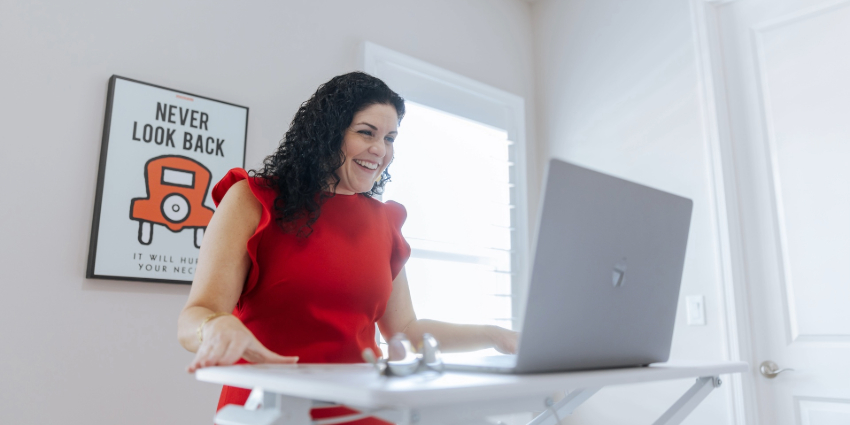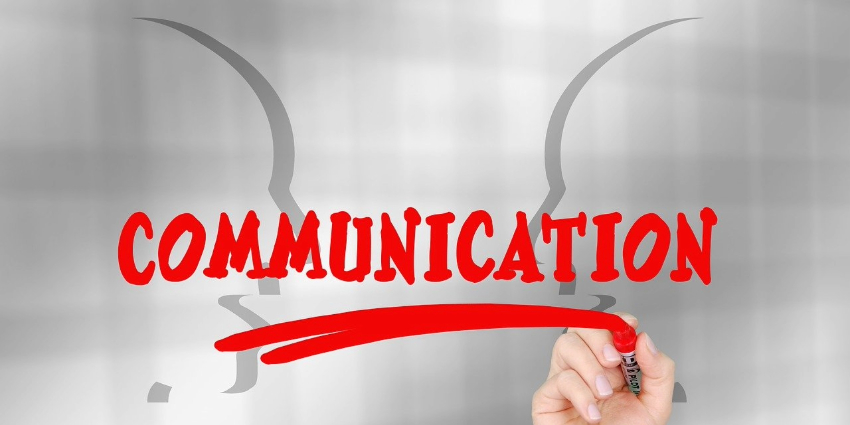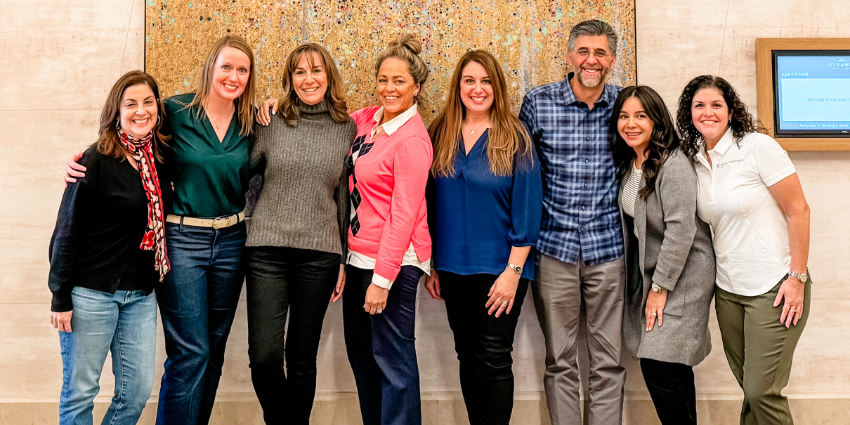This past Monday I presented, to both live and virtual audiences, at the SHRM Talent Conference in Denver, Colorado. The topic I presented was Increasing Employee Engagement Through Connection and Coaching and I shared multiple thought-starters and strategies to help us become more engaged and deepen our connections with one another. In addition, we discussed the nuances between coaching and feedback and how to structure these different conversations.
So today I thought I would share one particular strategy that seemed to resonate well with session attendees.
THINK SMALL, BUT MIGHTY
Seems counter to all the rhetoric that tells us to:
- Dream Big
- Create BHAGs (Big Hairy Audacious Goals)
- Think Big than Multiply
These ideas might serve a purpose in motivating, encouraging, and even achieving more than we originally set out to accomplish, but the flip side of always thinking BIG is that sometimes we overlook the SMALL that could give us the BIG BANG we’re looking for.
This is particularly true when coaching a co-worker or delivering feedback (or feedforward) conversations. Sometimes we’re uncomfortable conducting these conversations and therefore we make them BIGGER than they need to be, both in practicality and in our minds. Remove the anxiety or discomfort and think SMALL.
Recent research from McKinsey shows that nearly half of the companies identified as Organizationally Resilient during the pandemic doubled their investment in coaching, as opposed to companies considered to be Non-Resilient.
You might think “How do these leaders have the time to conduct all these conversations? Do they hire external coaches to conduct these or what?”
(I wish! But, no.)
The secret sauce is to make these conversations small but mighty. Make them microinteractions. Leaders in this study increased their microinteractions by 73% while helping to boost the organizational resiliency of their companies.
MICROINTERACTIONS are “meetings” that last less than 15 minutes and result in clear action, agreement on direction, and decision making.
Microinteractions are more timely, there is very little build-up necessary or even needed, and the outcome is often more actionable than those that come out of lengthier meetings. The overall result from the microinteraction is much more positive as well. Productivity breeds positivity.
You may argue that conducting these microinteractions are logistically easier to conduct when physically occupying the same space; however, given that this research was conducted during the pandemic and the piece I’m citing is titled “Return as a muscle: How lessons from COVID-19 can shape a robust operating model for hybrid and beyond”, I challenge that microinteractions, can and have been successfully implemented in remote and hybrid workplaces alike.
SO…how will you implement your hybrid model of microinteractions today?
With whom will you conduct your first microinteraction?
How will you implement microinteractions as a connection strategy?
Size matters. Think SMALL, BUT MIGHTY.













